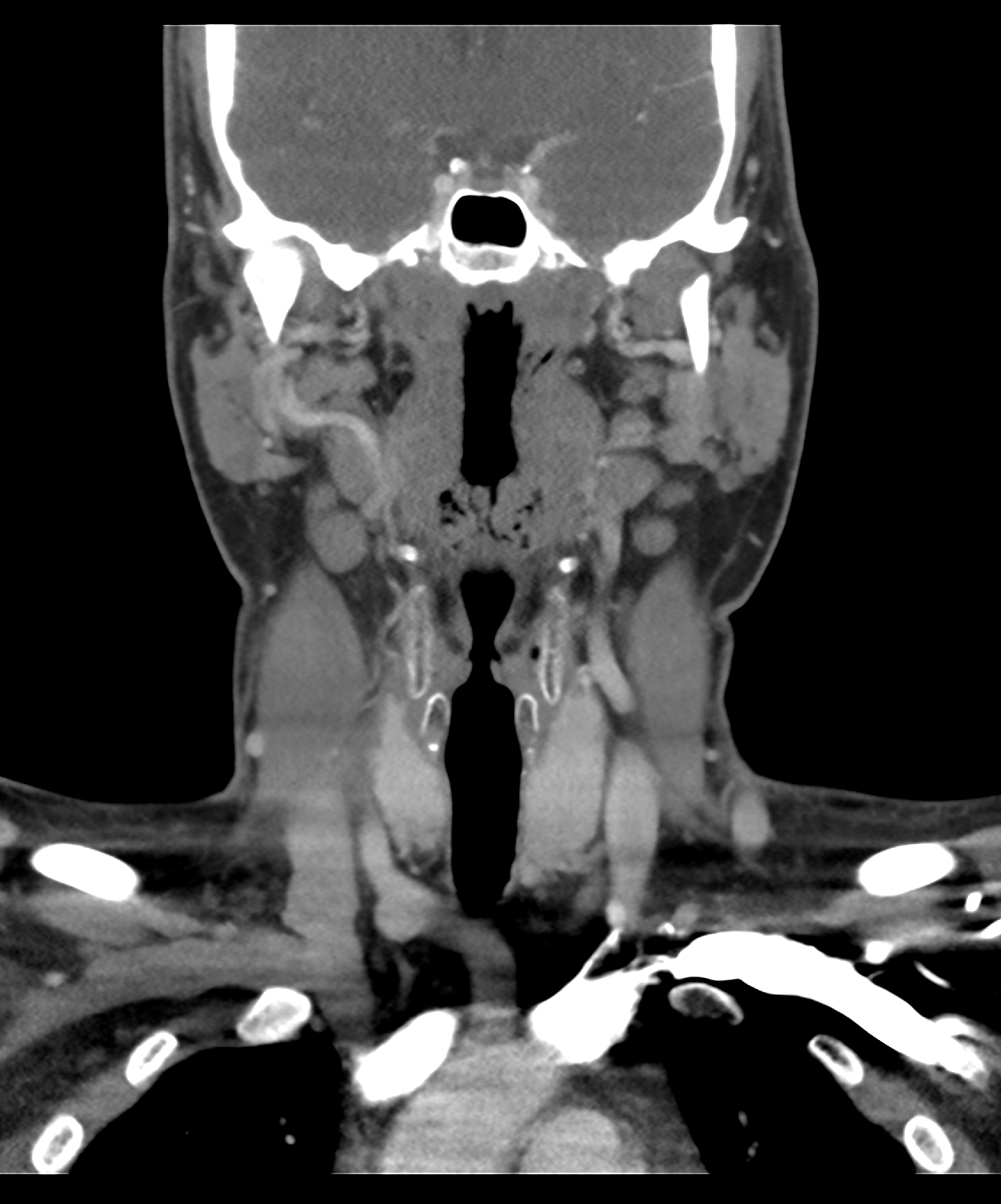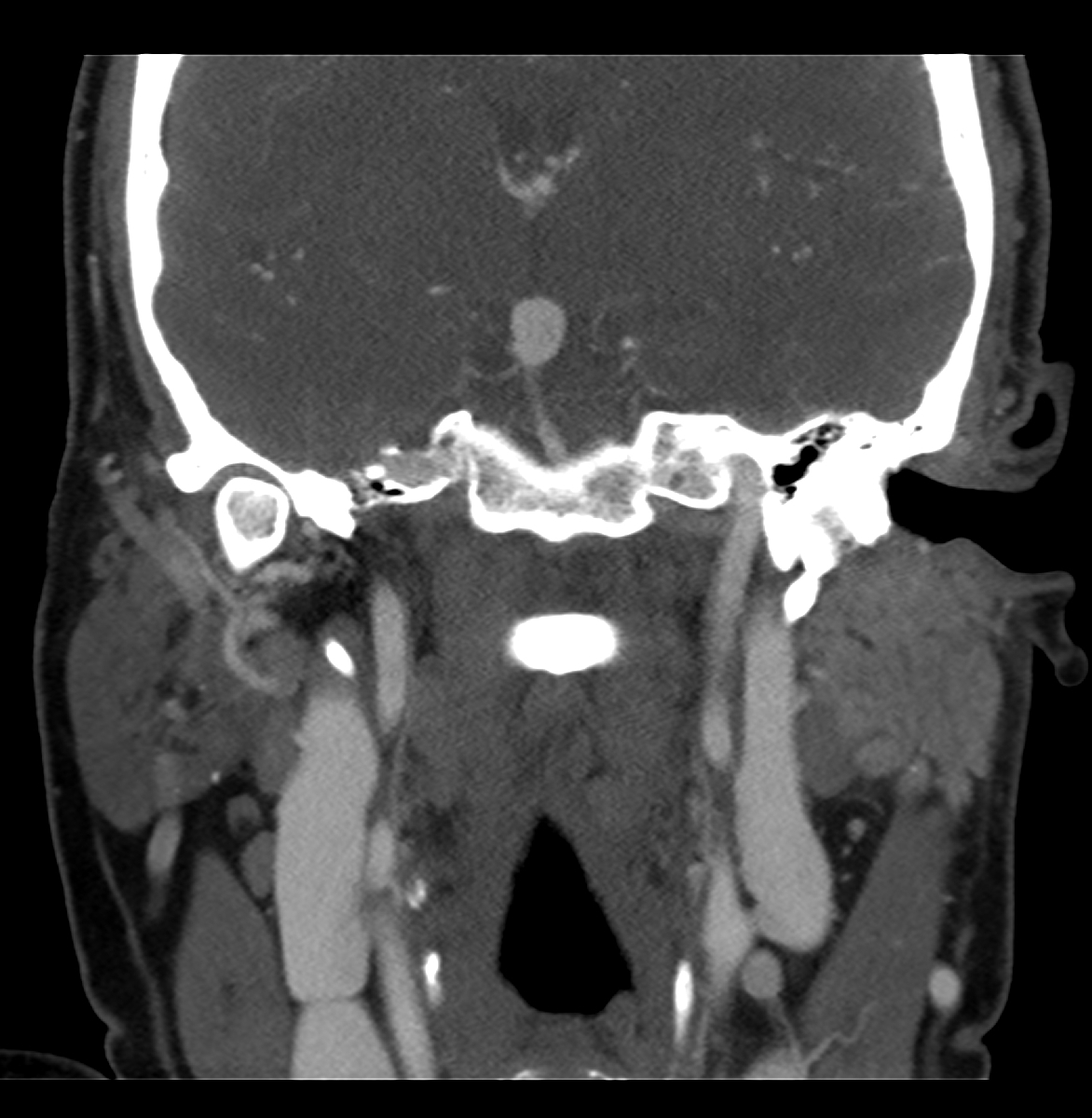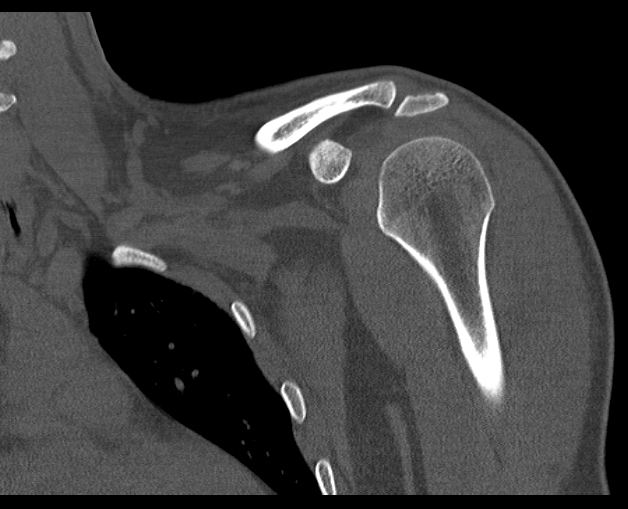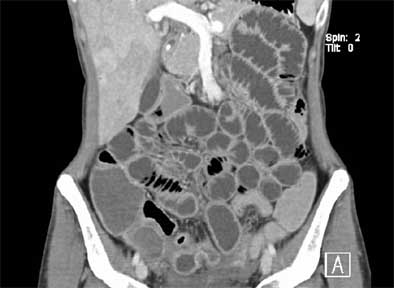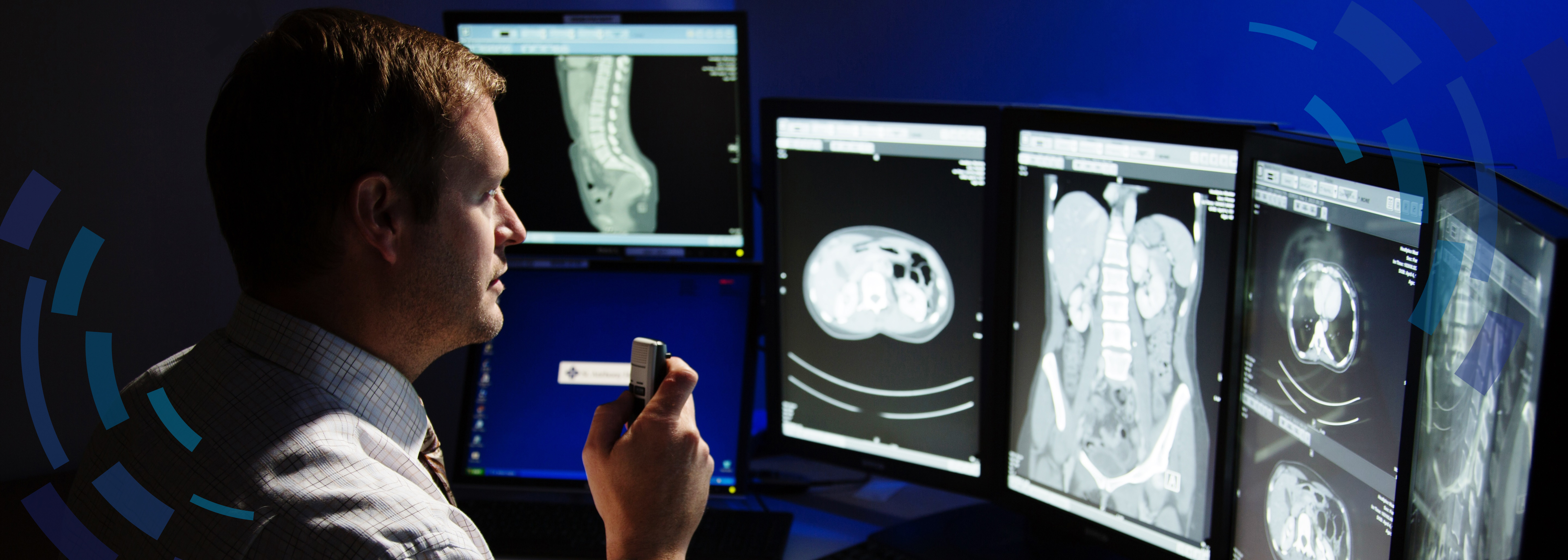
A CT scan, also called a computed tomography scan, makes use of computer-processed combinations of many X-ray images taken from different angles to produce cross-sectional (tomographic) images of specific areas of a scanned object, allowing the user to see inside the object without cutting. CT scans can be made of the head, lungs, heart, abdomen, pelvis and extremities.
What is CT Angiography?
During CT angiography (CTA), imaging is performed as contrast (IV dye) is injected through a small catheter in an arm vein. The technique allows for noninvasive imaging of blood vessels throughout the body. 2D and 3D image sets are then generated for interpretation by the radiologist.
This modality is used for detection of aneurysms, blood vessel narrowing, blood clots, blood vessel injuries, blood vessel malformations, and assessment of vascular grafts. It is commonly used in the brain, neck, chest, abdomen, and extremities.
Click HERE for more information on CTA.
How long does a CT or CTA scan last?
Actual scan times vary from a few seconds to several minutes. If no oral contrast is required, the examination will take about 15 to 30 minutes, including the time for intravenous preparation and interview. In some cases additional scanning is required as scans are tailored to suit individual diagnostic needs.
What is oral contrast?
Oral contrast is often used to enhance CT images of the abdomen and pelvis. There are two different types of substances used for oral CT contrast. There are two main types of oral contrast used; barium sulfate and Gastrografin.
Barium contrast looks like and has a similar consistency as a milk shake. It is mixed with water and depending on the brand used, may have different flavors (for example, strawberry or lemon). Gastrografin contrast is a water-based drink mixed with iodine. When given orally, Gastrografin may taste bitter.
Patients usually need to drink at least 1000 to 1500 cc (about three to four 12 oz. drinks) to sufficiently fill the stomach and intestines with oral contrast.
What should I expect during a CT or CTA scan?
Patients are encouraged to bring something to read or do in case there are any delays prior to their CT exam. Patients should wear comfortable, loose fitting clothing for their CT exam. Patient preparation for a CT examination involves removing any articles of clothing or jewelry that might degrade the CT images, such as belts, earrings, bras, glasses, dentures, hairpins, etc.
Zippers and snaps common in many clothes can also cause image degradation. In some cases, the patient may be asked to wear a patient gown (such as CT imaging of the body). Many CT examinations require the oral or intravenous administration of a contrast agent, a liquid material that enhances the images of the organs and/or blood vessels.
The patient is positioned by the technologist on the specialized CT table. The area of interest, for example the chest, is positioned inside the CT gantry opening, usually with the help of cross-hair type positioning lights. Some types of CT examination, for example a “coronal CT of the sinuses” may require the patient to be positioned in a special head holder that extends the head and neck. For such precise CT examinations, soft straps may be used to help position and immobilize the patient’s head.
Click HERE to learn more about CT and CTA scans.
